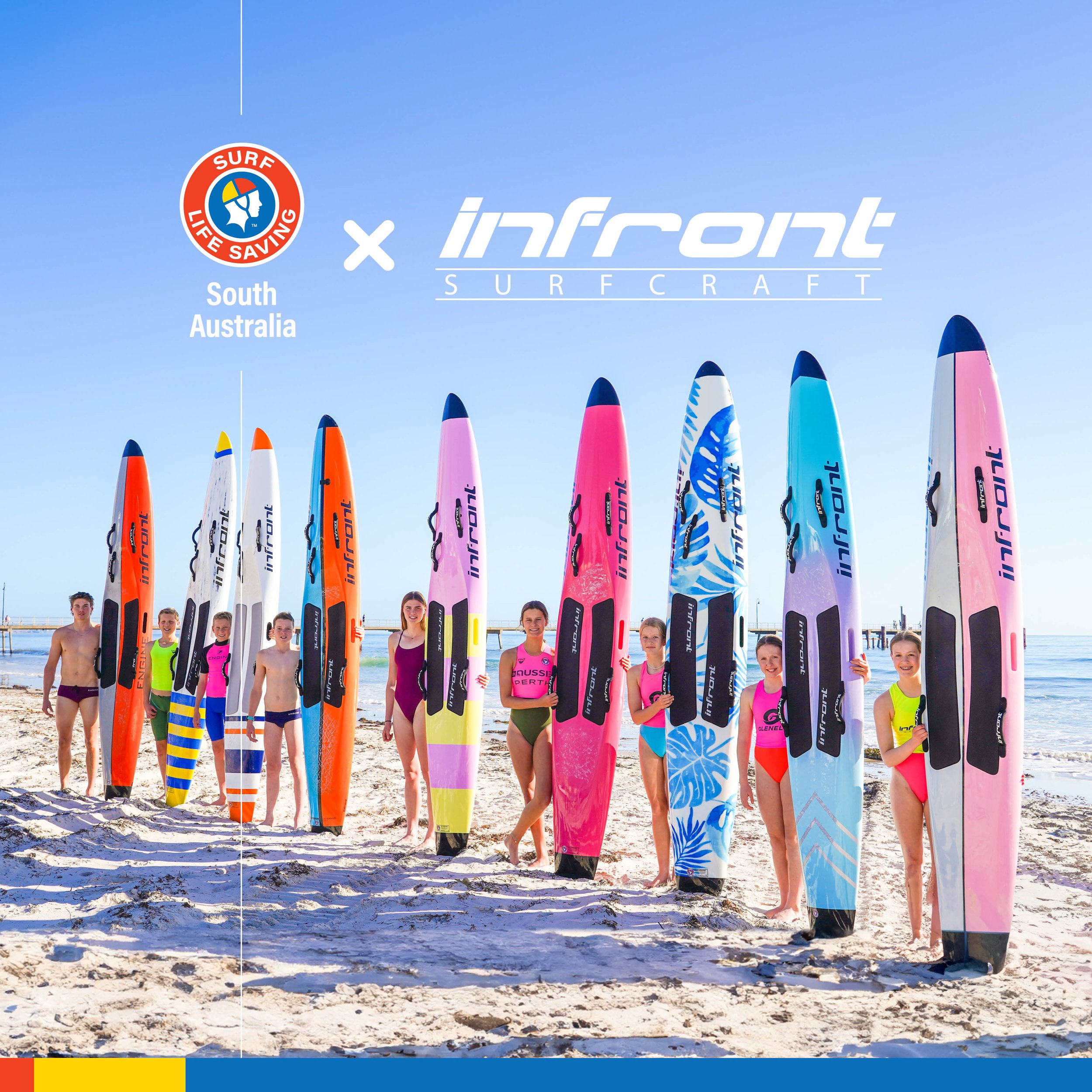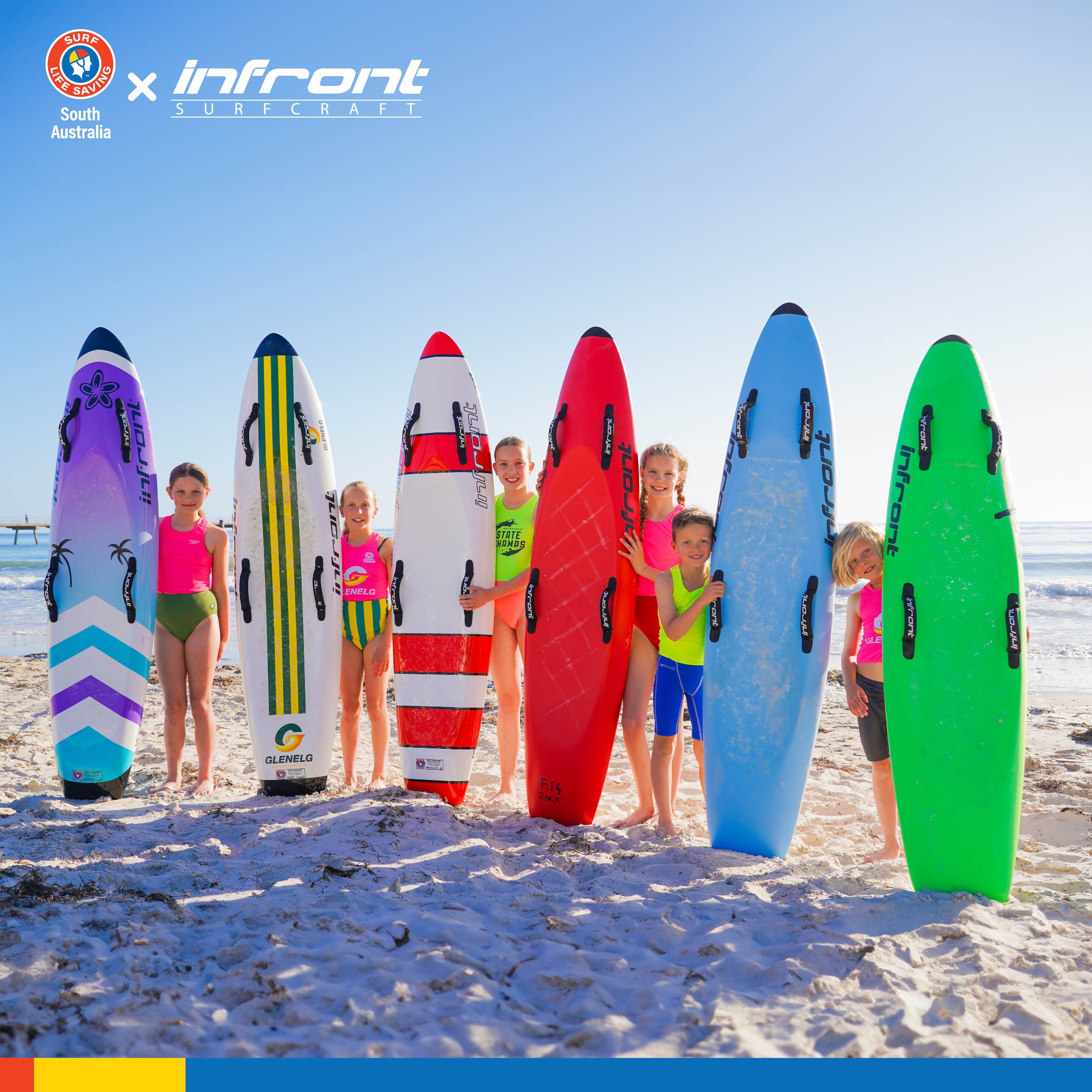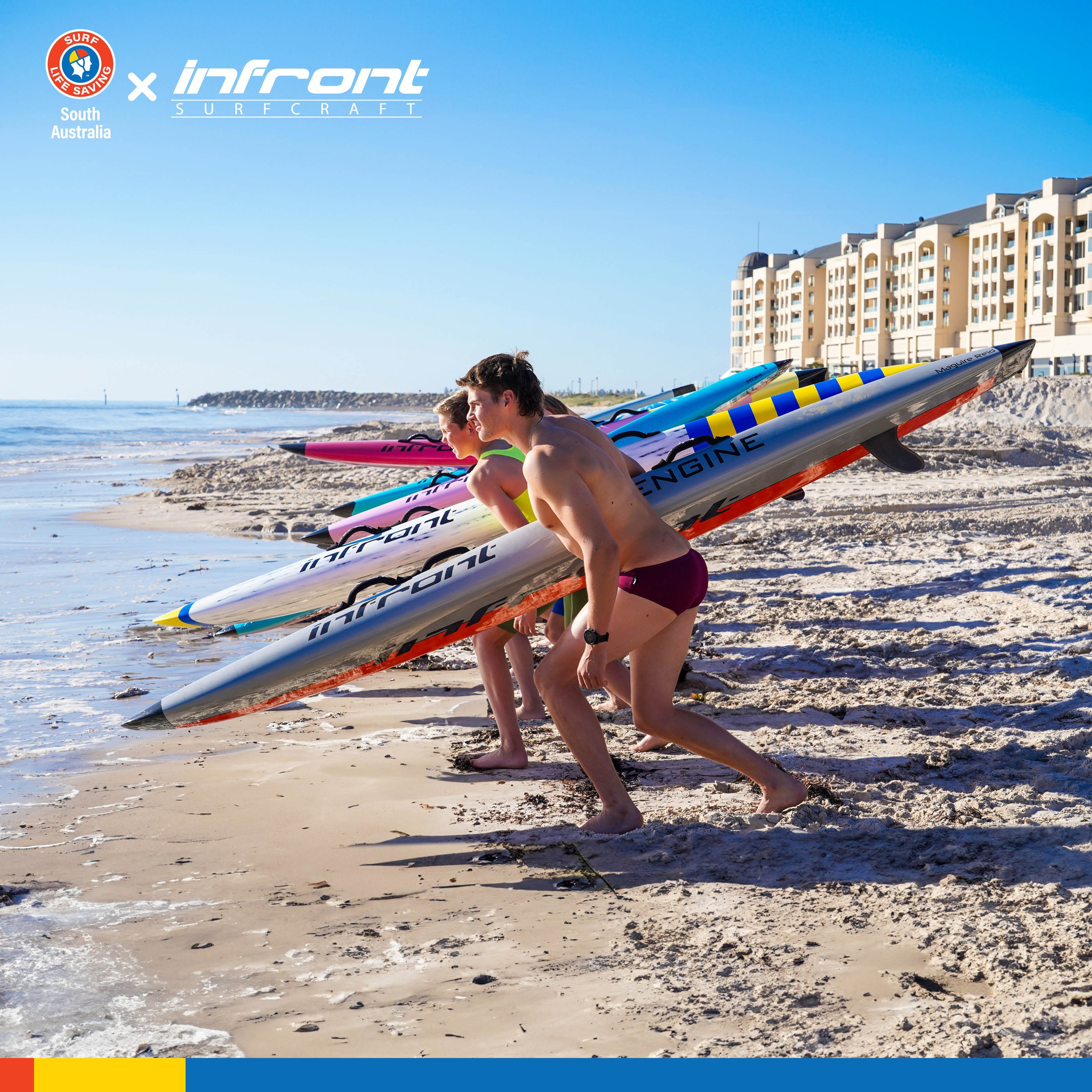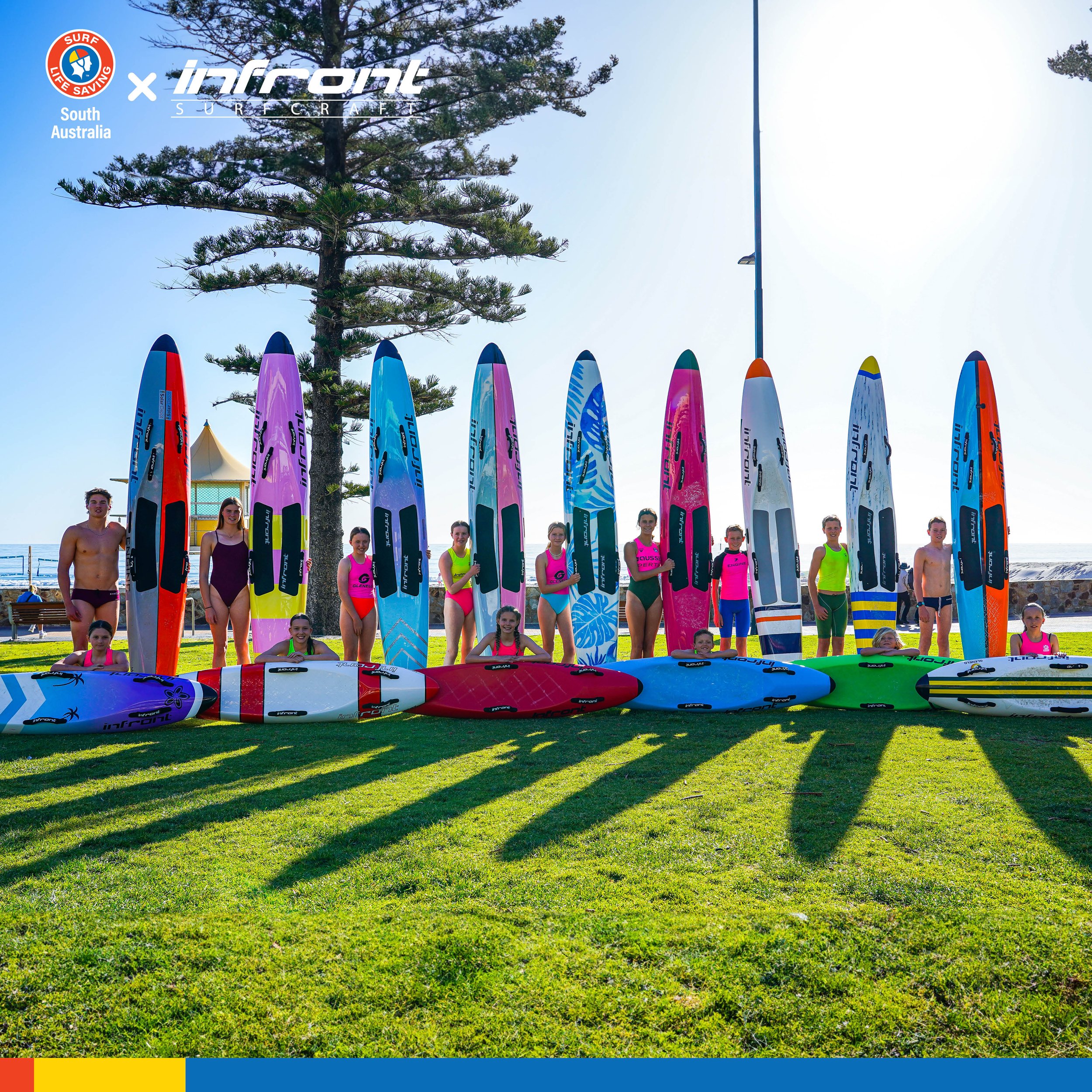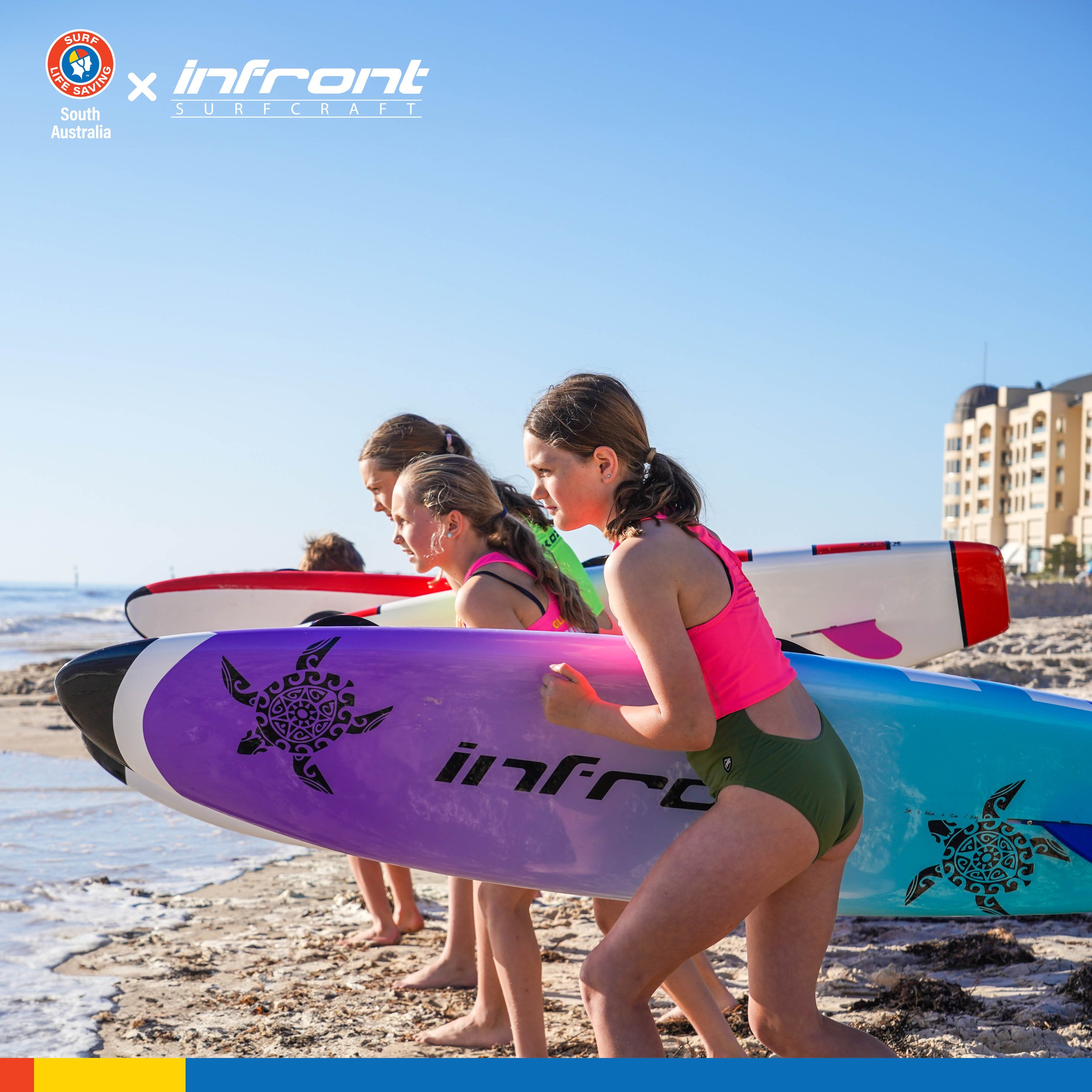SURF LIFESAVERS BACK ON PATROL IN SA WITH GAME-CHANGING TECHNOLOGY
New Lifesaving Technologies Debut as Volunteer Lifesavers Return to South Australian Beaches
With the patrol season kicking off tomorrow (Saturday 7th October), Surf Life Saving SA (SLSSA) is welcoming more than 9,200 active volunteers back to the beach to help keep beachgoers safe this summer. This year, the red and yellow flags will be raised alongside groundbreaking lifesaving technology as part of the revamped State Operations Centre (SOC); The implementation of a new GIS (Geographic Information System) and the inaugural SLSSA Coastal Safety Camera Network.
Last season, almost 3,000 frontline volunteer surf lifesavers completed a staggering 81,445 patrol hours, performed 526 first aid treatments, and undertook almost 18,000 preventative actions across South Australian beaches. Their commitment saved 95 lives.
"As South Australia’s leading coastal safety authority, we're thrilled to be championing the implementation of this new technology, which we know is going to help save lives, particularly ahead of an expected hot and busy summer. We're also incredibly proud of our volunteer lifesavers who vigilantly patrol our beaches right across the state every year. As we raise the flags tomorrow for the start of the patrol season, our lifesavers are ready from the State Operations Centre, to the beach and sky, right across the metro & South coast and out as far as our regional beaches in Whyalla, Beachport & Robe ,” said SLSSA President Sarah Cutbush.
Emergency Services Minister, Hon. Joe Szakacs MP, added, "Our volunteer lifesavers are not just a seasonal part of the South Australian landscape; they are the backbone of our community safety efforts at the beach. Their role is now even more augmented with advanced technologies, helping them do their jobs even better."
State Operations Centre: Significant Upgrades for the New Season
The State Operations Centre (SOC) has undergone significant upgrades, featuring state-of-the-art data visualization tools, enhanced communications systems, and a custom video wall, thanks to a substantial investment. This upgrade propels the SOC into a new era, making it a hub for innovation in search and rescue, public safety, and Surf Life Saving.
GIS System: A First in Lifesaving
The GIS (Geographic Information System) software, integrated within the SOC, is the first of its kind in Australian lifesaving. Beyond monitoring shark activity and identifying drowning black spots, the system enables real-time tracking of crucial lifesaving assets such as the Westpac Lifesaver Rescue Helicopter, jet boats, drones, and jet skis, as well as club based beach patrols. Timely data allows operators to deploy these assets exactly where they are most needed, enhancing the effectiveness and efficiency of our lifesaving operations.
SLSSA Coastal Safety Camera Network: Enhancing Beach Safety
The new Coastal Safety Camera Network, also operated by the SOC, aims to revolutionize situational awareness. Utilising Pan Tilt Zoom (PTZ) cameras, the network aids in the early detection of persons in difficulty and can provide real-time updates from the SOC to those on patrol on the beach. The first five cameras have been deployed at Glenelg SLSC, Henley SLSC, Moana SLSC, Port Elliot SLSC, and Goolwa SLSC. The technology has already proven invaluable; earlier this year during testing, it enabled the timely dispatch of additional resources at Goolwa Beach, saving five lives from the same family. Without the cameras in place, lifesavers on the beach would not have had sight on those in danger. The supply of the new coastal safety cameras was made possible by a generous equipment donation from Axis Communications, with installation services donated by BST.
SLSSA CEO, Damien Marangon says "As we move into warmer weather, it's vital for everyone to remember that sadly anyone can drown, but no one should. So our key safety messages are to always swim between the red and yellow flags, STOP, LOOK, PLAN before entering the water, and know your limits. Keep an eye on children at all times, avoid alcohol when swimming, and always wear a lifejacket if you're boating, kayaking or rock fishing. Let's make this a safe and enjoyable summer for everyone."
The start of the patrol season comes as data from Surf Life Saving Australia, as part of their National Drowning Report for 2023, reveals that sadly, 17 people drowned in SA last year. Of these, 6 were on the coast, 8 in rivers and lakes, and 3 in pools or in the home.
A full list of patrolled beaches and further beach safety information can be found online at www.beachsafe.org.au.
SA Season Statistics 2022-2023
South Australian Surf Lifesavers performed; 81,445 Patrol Hours, 95 Rescues, 526 First Aid Treatments and 17,850 Preventative Actions.
SLSSA Safety Message
Swim between the flags – Surf Lifesavers and lifeguards set up patrolled areas so they can best look after you, if you are not swimming at these locations then the time to get to you could make a big difference and cost you your life.
STOP, LOOK, PLAN - Stop – pause and see where you are. Can you see a rip or other danger | Look – are there other hazards, are there large waves or rocks, can I see if there is a patrolled area? | Plan – where am I going, is it patrolled? Do I know how to recognise dangers? What will I do if something goes wrong?
Know your limits – No one plans to get into trouble, but it happens too often. Know your limits and those of others you are with. Too often, someone has gone to rescue someone else and it has cost them their life.
Supervise children around water – children move quicker than we would like and a drowning event is often a quiet one. Watch your children on, in and around water – not your phone!
Avoid alcohol and swimming - Almost a quarter of all coastal drowning deaths involved alcohol and/or drugs. Think before you drink.
Wear a lifejacket – If you are heading out boating, rock fishing or on watercraft – then please wear a lifejacket. Your safety matters.
Bystander rescues - Don’t become another statistic. We all want to help those in need, but ensure that you have a floatation device with you if you attempt a rescue, and alert other beachgoers and emergency services to assist. Too often, those attempting a rescue, without a plan or help, also drown.
Be sun smart - Slip, slop, slap, seek, slide. Slip on a shirt, slop on 30+ sunscreen, slap on a brimmed hat, seek shade, slide on sunglasses. Remember to reapply sunscreen every two hours or after swimming.
Aquatic toys – be careful with new equipment, test it, make sure it is in good repair, check conditions before heading out, supervise kids on flotation devices, as they may drift out on tides/winds.
South Australian Surf Life Saving Capability Snapshot
• 1 Westpac Lifesaver Rescue Helicopter
• 2 Jet Rescue Boats
• 14 Rescue Water Craft (Jet Skis)
• 15 Remotely Piloted Aircraft Systems (Drones)
• 70 Inflatable Rescue Boats (IRBs)
• 24 All Terrain Vehicle (ATVs)
• 22 Patrolling Surf Life Saving Clubs & Services
• 2,700 Active patrolling Lifesavers
• 9,266 Volunteer members







